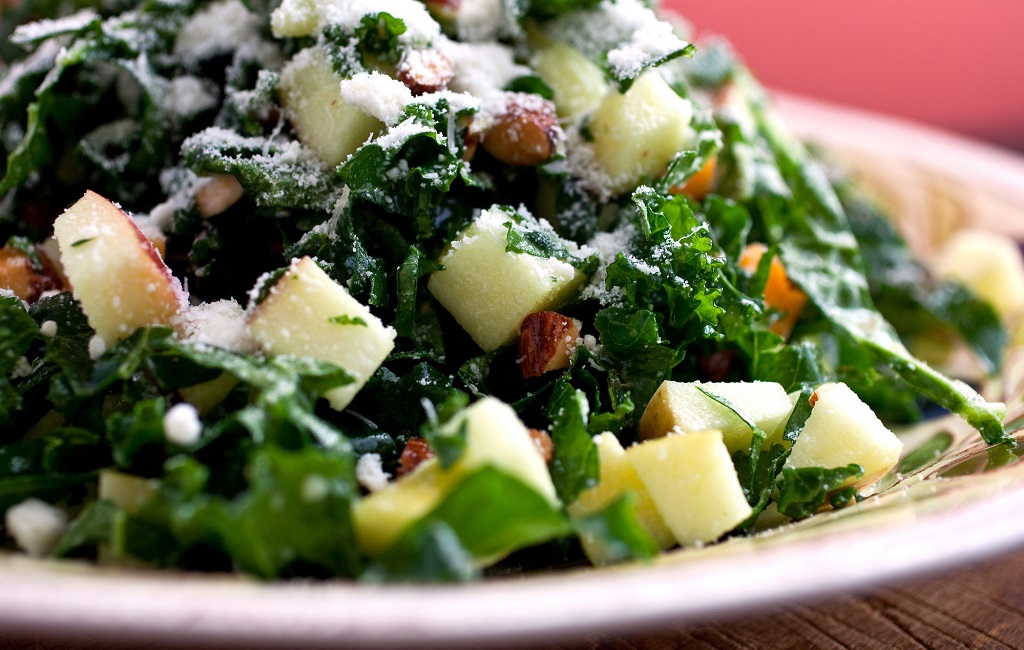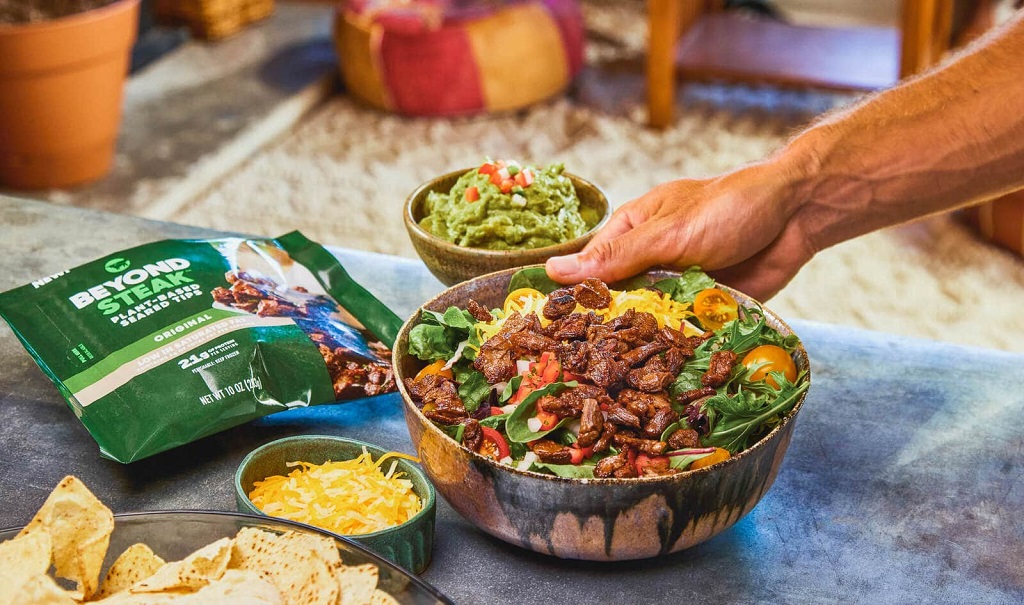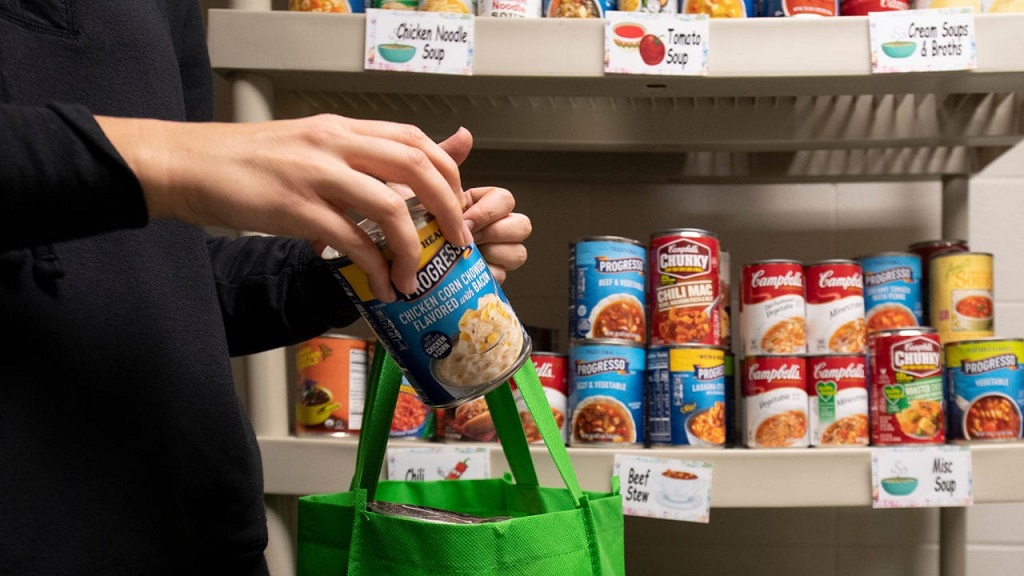Kale salads have become synonymous with healthy eating, but let’s face it, they can get repetitive. The good news is, healthy doesn’t have to be bland! This guide ventures beyond the realm of kale, exploring a world of delicious and nutritious dishes that will tantalize your taste buds while nourishing your body.
The Kale Conundrum:
There’s no denying kale’s nutritional powerhouse status. Packed with vitamins, minerals, and antioxidants, it deserves a place in a healthy diet. However, focusing solely on kale salads limits the vast world of delicious and healthy food options available.
Expanding Your Healthy Food Horizons:
Let’s delve into some delectable alternatives that prove healthy eating can be a flavor adventure:
- Whole Grains: Whole grains like quinoa, brown rice, and whole-wheat bread are powerhouses of fiber, complex carbohydrates, and essential nutrients. Explore beyond the typical rice bowl – try quinoa bowls with roasted vegetables and a zesty tahini dressing, or use brown rice flour in baking for a healthier twist.
- Lentils and Beans: These legumes are affordable, versatile, and loaded with protein and fiber. Embrace the world of lentil soups, stews, and salads. Black bean burgers can be a delicious and healthy alternative to traditional beef burgers. Consider Indian dals, Egyptian Koshari (a lentil and pasta dish), or a hearty minestrone for inspiration.
- Colorful Vegetables: Nature’s candy offers a vibrant spectrum of vitamins, minerals, and antioxidants. Embrace the rainbow! Roast vegetables like broccoli, sweet potatoes, and bell peppers for a quick and flavorful side dish. Explore stir-fries with a variety of colorful vegetables, or experiment with vegetarian curries packed with flavor and nutrients.
- Fruits: A natural source of sweetness and essential vitamins, fruits are a delicious and healthy way to end a meal or enjoy a refreshing snack. Don’t limit yourself to apples and bananas! Explore berries, mangos, and papayas, or incorporate fruits into smoothies and yogurt parfaits.
- Healthy Fats: While limiting unhealthy fats is crucial, healthy fats like those found in avocados, nuts, seeds, and olive oil are essential for a balanced diet. Avocado toast with a sprinkle of hemp seeds offers a satisfying breakfast option. Drizzle olive oil on roasted vegetables for added flavor and healthy fats. Nuts and seeds can be incorporated into salads, yogurt parfaits, or enjoyed as a healthy snack.
Building Flavorful and Nutritious Dishes:
Now that you have a wider ingredient palette, let’s explore how to build delicious and healthy meals:
- Seasoning is Key: Don’t underestimate the power of spices and herbs. Cumin, paprika, turmeric, chili powder, and fresh herbs like rosemary, thyme, and basil can add depth and complexity to your dishes.
- Cooking Techniques Matter: Healthy doesn’t have to be boring. Experiment with different cooking techniques like roasting, sauteing, grilling, and steaming to bring out the natural flavors of your ingredients.
- Embrace Ethnic Cuisines: Explore the world through food! Many traditional ethnic cuisines are inherently healthy due to their focus on whole grains, vegetables, and lean protein sources. Delve into Thai curries, Indian dals, or a flavorful Moroccan tagine.
Sample Meal Plan to Go Beyond Kale Salads:
Monday:
- Breakfast: Overnight Oats with berries and chia seeds
- Lunch: Lentil soup with a whole-wheat bread roll
- Dinner: Salmon with roasted vegetables and quinoa
Tuesday:
- Breakfast: Scrambled eggs with whole-wheat toast and avocado slices
- Lunch: Chicken stir-fry with brown rice and mixed vegetables
- Dinner: Black bean burgers on whole-wheat buns with a side salad
Wednesday:
- Breakfast: Greek yogurt with sliced fruit and a sprinkle of granola
- Lunch: Quinoa bowl with roasted vegetables and a tahini dressing
- Dinner: Vegetarian chili with a side of brown rice
Thursday:
- Breakfast: Smoothie made with spinach, banana, almond milk, and protein powder
- Lunch: Chickpea salad sandwich on whole-wheat bread
- Dinner: Baked tofu with a peanut sauce and stir-fried vegetables
Friday:
- Breakfast: Whole-wheat pancakes with fruit and a drizzle of maple syrup
- Lunch: Leftovers from previous meals (great for meal prepping!)
- Dinner: Shrimp scampi over whole-wheat pasta with a side salad
Remember: This is just a sample plan. Feel free to customize it based on your preferences and dietary needs.
The Final Bite:
Eating healthy doesn’t have to be a chore. By venturing beyond the realm of kale salads and embracing a wider variety of ingredients and cooking techniques, you can create delicious and nutritious meals that nourish your body and tantalize your taste buds. Remember:
- Variety is Key: Don’t get stuck in a rut! Explore different cuisines, experiment with new flavors, and keep your meals interesting.
- Planning Makes Perfect: Meal prepping can save you time and ensure you have healthy options readily available. Plan your meals for the week, prep ingredients in advance, and enjoy healthy meals without the last-minute stress.
- Make it a Lifestyle: A healthy diet is not a temporary fix. Embrace healthy eating as a way of life, and it will become a natural part of your routine.
- Enjoy the Process: Cooking should be a fun and rewarding experience. Put on some music, experiment with new flavors, and enjoy the process of creating delicious and healthy meals.
Beyond the Recipe:
Building a healthy relationship with food goes beyond simply following recipes. Here are some additional tips:
- Mindful Eating: Pay attention to your hunger cues and eat slowly, savoring each bite. This can help you avoid overeating and promote a healthy relationship with food.
- Portion Control: Be mindful of portion sizes to avoid overconsumption. Use smaller plates, and focus on nutrient-dense foods that keep you feeling fuller for longer.
- Read Food Labels: Become familiar with food labels to understand the nutritional content of what you’re consuming. Be mindful of added sugars, sodium, and unhealthy fats.
- Hydration is Key: Drinking plenty of water throughout the day is crucial for overall health and can also help you feel fuller, potentially reducing calorie intake.
Related: Reasons Why You Should Regularly Eat Outside
Embrace a World of Delicious and Nutritious Eating
By incorporating these tips and venturing beyond the realm of kale salads, you can embark on a culinary adventure filled with healthy and flavorful dishes. Remember, healthy eating is a journey, not a destination. Experiment, have fun, and discover the joy of nourishing your body with delicious and nutritious food!





